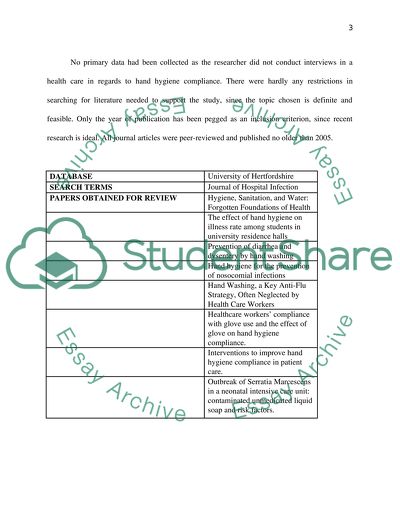Cite this document
(“Hand washing in a health care setting : is Alcohol gel as effective as Essay”, n.d.)
Retrieved from https://studentshare.org/environmental-studies/1410482-hand-washing-in-a-health-care-setting-is-alcohol
Retrieved from https://studentshare.org/environmental-studies/1410482-hand-washing-in-a-health-care-setting-is-alcohol
(Hand Washing in a Health Care Setting : Is Alcohol Gel As Effective As Essay)
https://studentshare.org/environmental-studies/1410482-hand-washing-in-a-health-care-setting-is-alcohol.
https://studentshare.org/environmental-studies/1410482-hand-washing-in-a-health-care-setting-is-alcohol.
“Hand Washing in a Health Care Setting : Is Alcohol Gel As Effective As Essay”, n.d. https://studentshare.org/environmental-studies/1410482-hand-washing-in-a-health-care-setting-is-alcohol.


